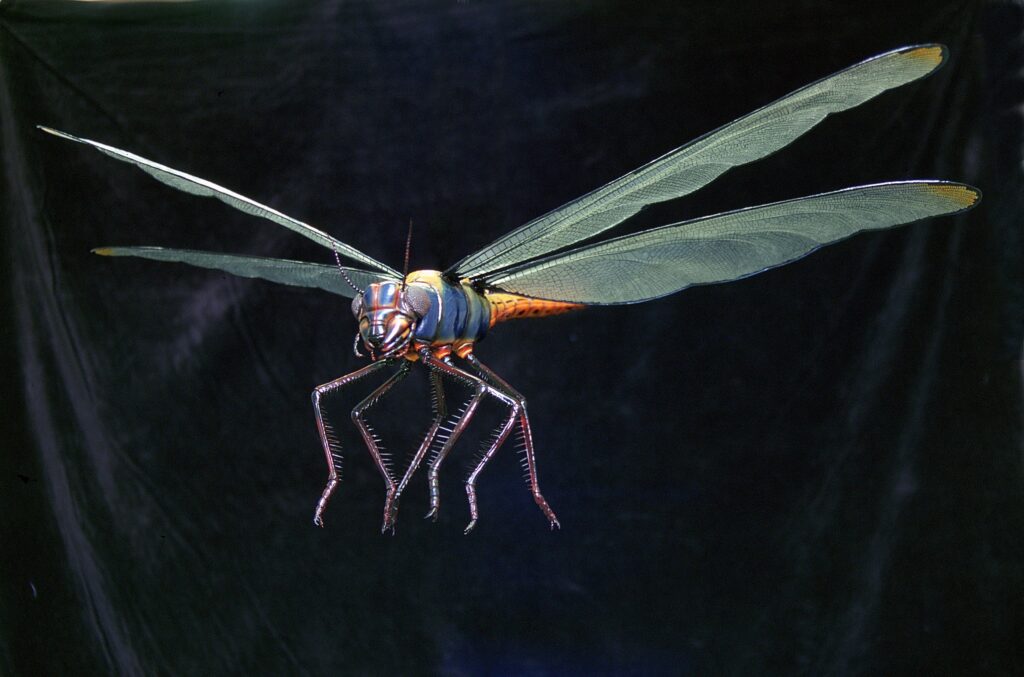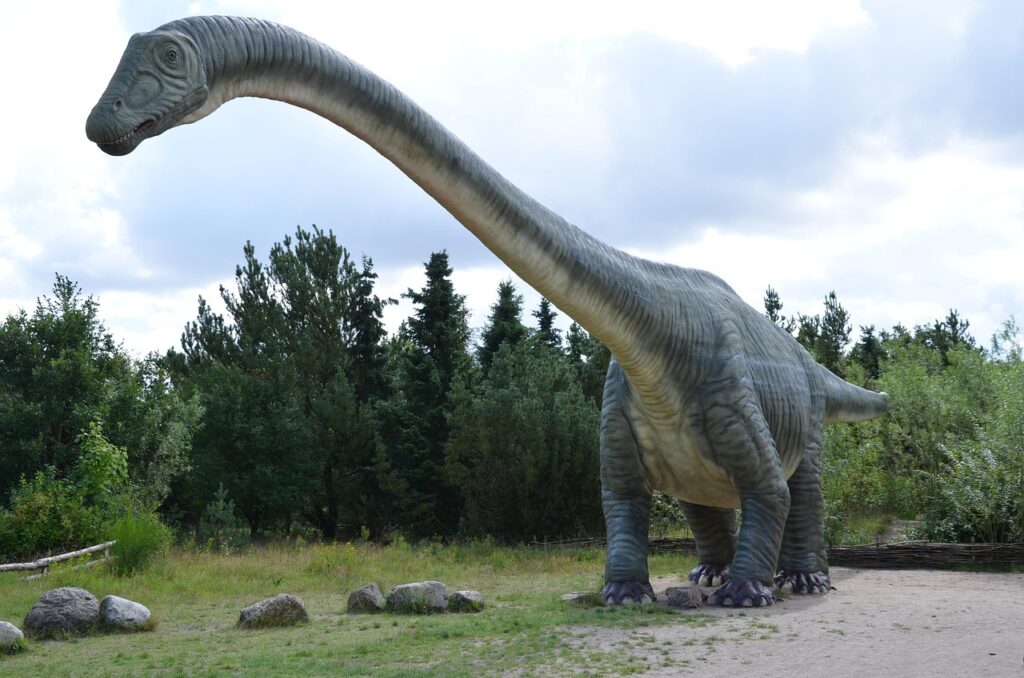Picture this: you’re walking through a dense, humid forest, and suddenly the sky darkens with the shadow of massive wings overhead. But this isn’t a hawk or eagle passing by. It’s a dragonfly with a wingspan wider than your outstretched arms, hunting through steamy swampland where millipedes the size of alligators crawl beneath your feet.
This was Earth roughly 300 million years ago, during what scientists call the Carboniferous period. Back then, our planet was an alien world where insects ruled both land and sky, growing to sizes that would make even the bravest modern human think twice about stepping outside. These weren’t just slightly oversized bugs, either. We’re talking about creatures that would dwarf birds, rival small mammals in size, and make your worst nightmares about creepy crawlies seem quaint by comparison.
The Oxygen-Rich World That Fueled Giants
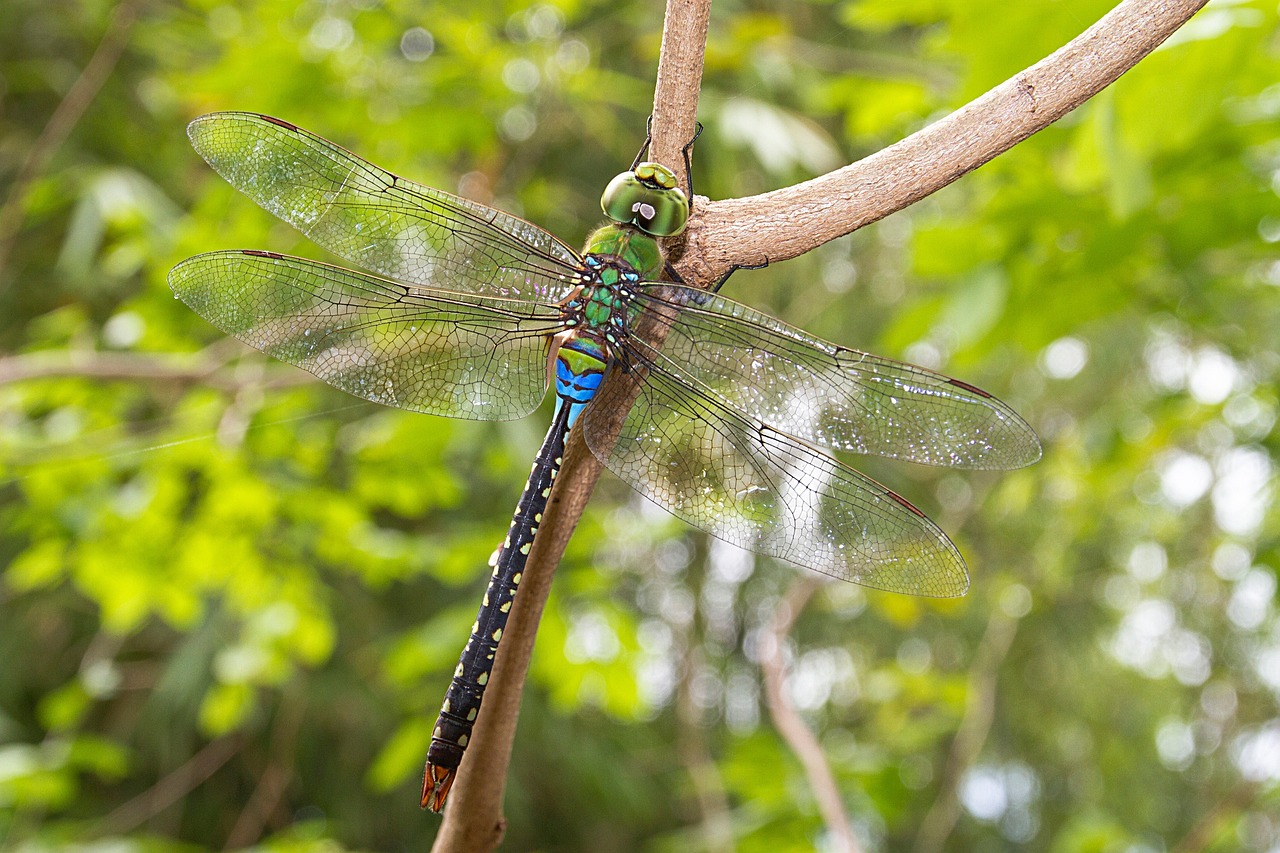
The secret to these colossal creatures lies in the very air they breathed. During the Carboniferous period, atmospheric oxygen levels reached between 30 to 35 percent, compared to today’s 21 percent. This might not sound dramatic, but for insects, it was revolutionary.
Insects breathe through tiny tubes called tracheae that distribute oxygen throughout their bodies, and this system normally puts strict limits on how large they can grow. Think of it like trying to breathe through a straw. The longer the straw, the harder it becomes to get enough air. But with nearly double the oxygen available, these prehistoric insects could essentially use much longer straws without suffocating.
The extra oxygen didn’t appear magically. It came from Earth’s first proper forests, which were unlike anything we see today. These were massive fern-like trees with shallow roots that frequently toppled over. As these ancient forests grew and died, they locked away enormous amounts of carbon while pumping out oxygen, creating the perfect atmospheric cocktail for giant insects.
Meganeura: The Eagle-Sized Dragonfly
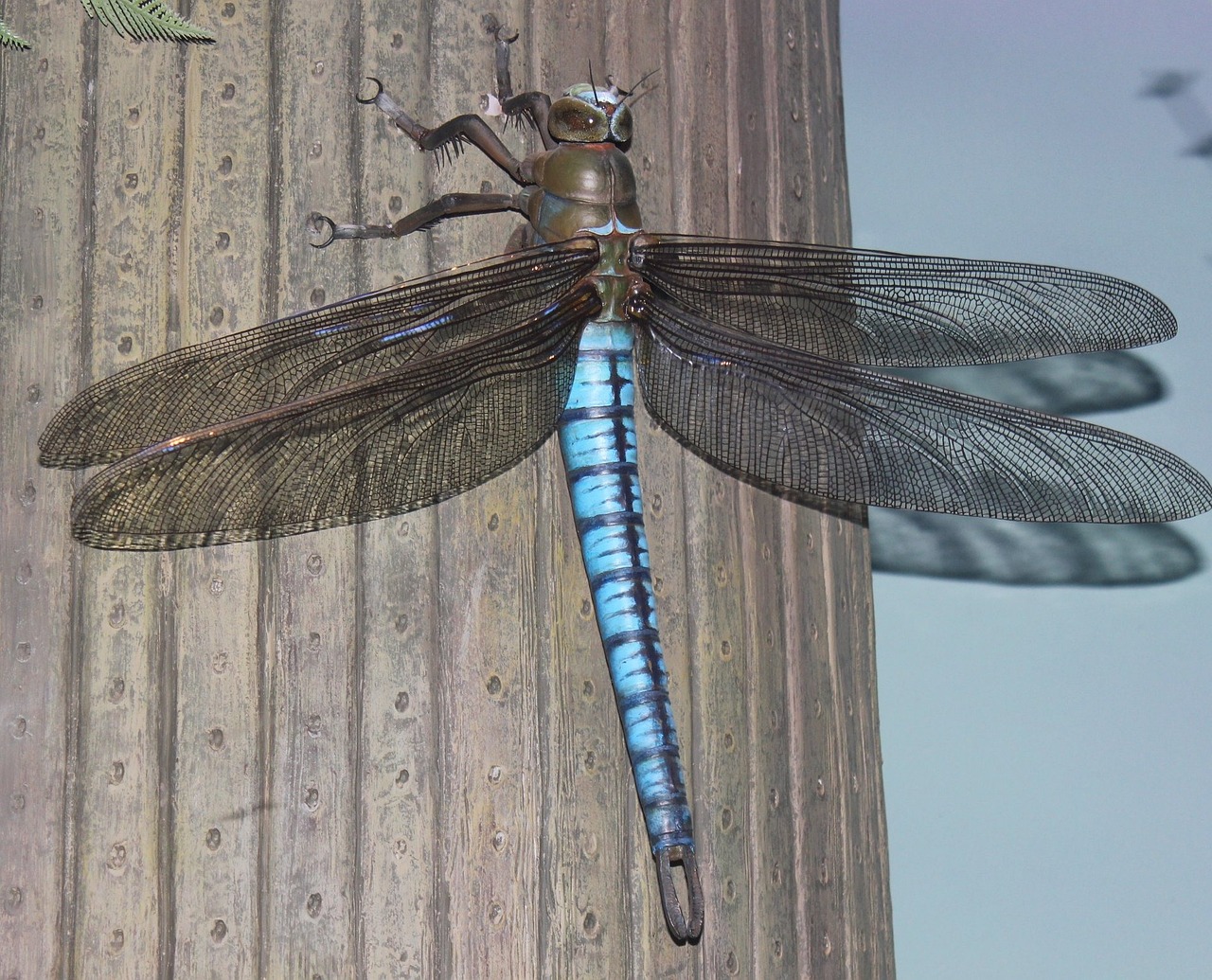
The most famous of these prehistoric giants was Meganeura monyi, with individual wings reaching 32 centimeters long and total wingspans of 65 to 75 centimeters. To put that in perspective, imagine a dragonfly with the wingspan of a large hawk or eagle soaring overhead.
Unlike the delicate dragonflies we know today, Meganeura was built like a flying tank. These were predatory insects that fed primarily on other insects, using their massive compound eyes to spot prey from considerable distances. Their powerful mandibles could crunch through the exoskeletons of other large insects with ease.
First discovered in the coal deposits of Commentry, France in 1885, Meganeura fossils revealed a world where insects dominated the skies before any vertebrate had learned to fly. Birds wouldn’t evolve until the Late Jurassic period, around 150 million years ago, leaving the ancient airways completely open for insect conquest.
Meganeuropsis: The Ultimate Flying Predator

If Meganeura was impressive, its later relative Meganeuropsis was absolutely terrifying. Living during the early Permian period, Meganeuropsis permiana boasted wingspans of up to 71 centimeters, making it the largest flying insect species ever discovered. With a body length reaching 43 to 47 centimeters and weighing over a pound, this creature was comparable in size to a crow.
Meganeuropsis was a highly specialized predator with toothed mandibles powerful enough to tackle large, struggling prey and spiny front limbs designed to trap victims. Like modern dragonflies, it used large compound eyes to hunt, but its prey included not just other insects but possibly small vertebrates like amphibians.
The sheer engineering of these creatures was remarkable. They needed to generate enough lift to keep their massive bodies airborne while maintaining the agility to catch fast-moving prey. Fossil evidence shows their larvae lived in water, just like modern dragonflies, where they used powerful jaws to attack aquatic prey including fish and amphibian larvae.
Arthropleura: The Car-Sized Millipede

Perhaps even more incredible than the flying giants was Arthropleura, a millipede-like creature that reached lengths of at least 2 meters, possibly up to 2.5 meters, making it the largest known land arthropod of all time. At 2.6 meters long and weighing nearly 50 kilograms, Arthropleura was roughly the size and weight of a large dog, but with dozens of legs.
These creatures left behind trackways up to 50 centimeters wide, and you can imagine the ground trembling as these giants moved through prehistoric forests. Arthropleura had approximately 30 body segments with multiple pairs of legs per segment, giving it an almost alien appearance.
Despite its intimidating size, Arthropleura was likely a gentle giant, feeding on dead and decaying plant matter like modern millipedes, though it would also consume animal remains when available. Its short, closely packed legs and lack of venomous appendages suggest it was a slow-moving creature that posed little threat to other animals.
Pulmonoscorpius: The Skateboard-Sized Scorpion
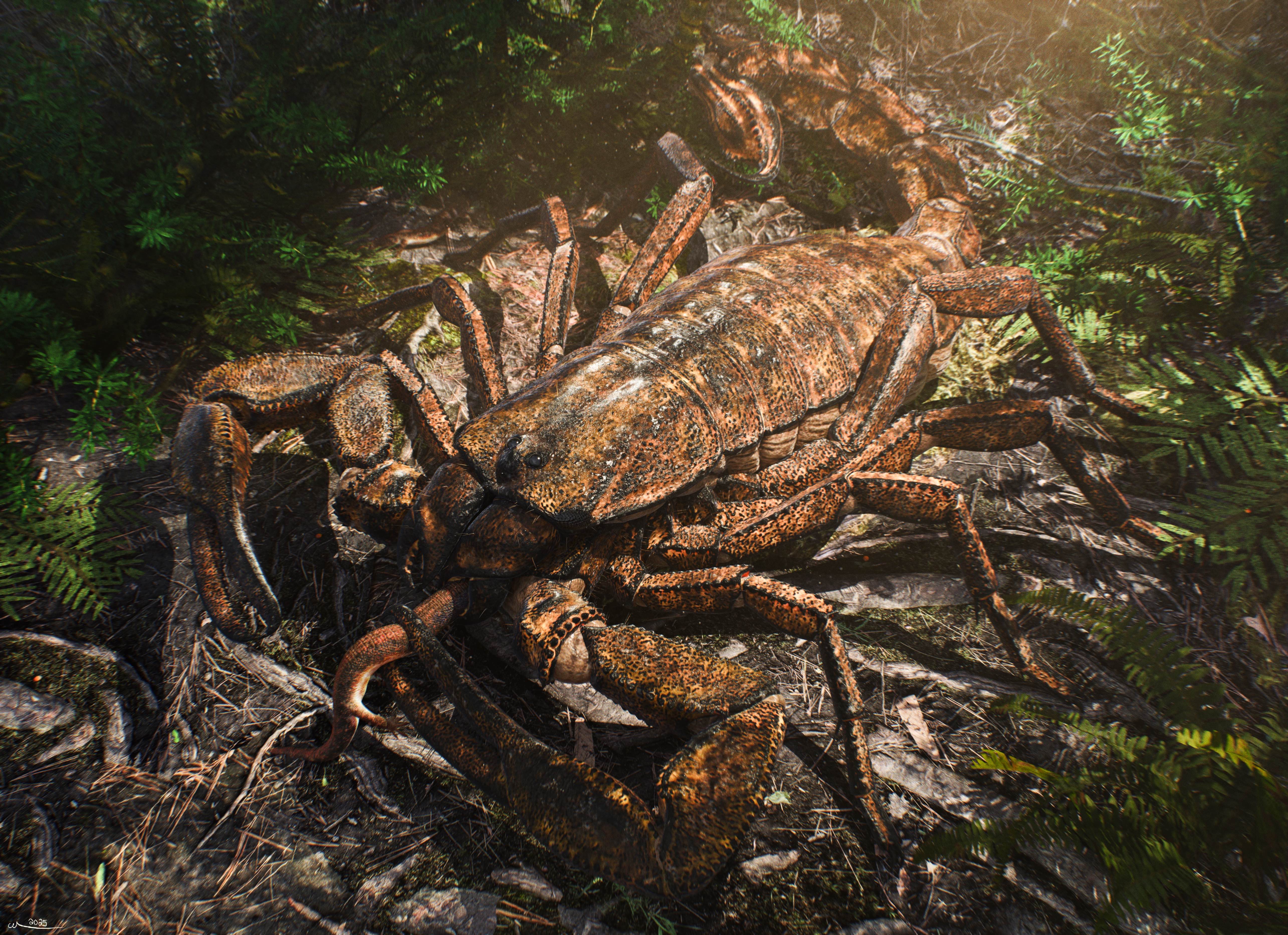
Another nightmare from this prehistoric world was Pulmonoscorpius, a giant scorpion that exceeded 70 centimeters in length and served as one of Scotland’s top predators during the Early Carboniferous. Picture a scorpion the size of a skateboard scuttling through ancient swamps with its tail arched menacingly overhead.
What Pulmonoscorpius ate remains unclear, but it likely hunted other arthropods and possibly small amphibians in the tropical swamps that covered what is now Scotland. Interestingly, fossils of this giant have only been found at one location – East Kirkton Quarry, just 20 miles west of Edinburgh.
The thought of encountering such a creature in the wild is genuinely unsettling. Modern scorpions can already deliver painful, sometimes dangerous stings, so imagine facing one that could look you in the eye while standing on level ground.
The Physics of Prehistoric Gigantism
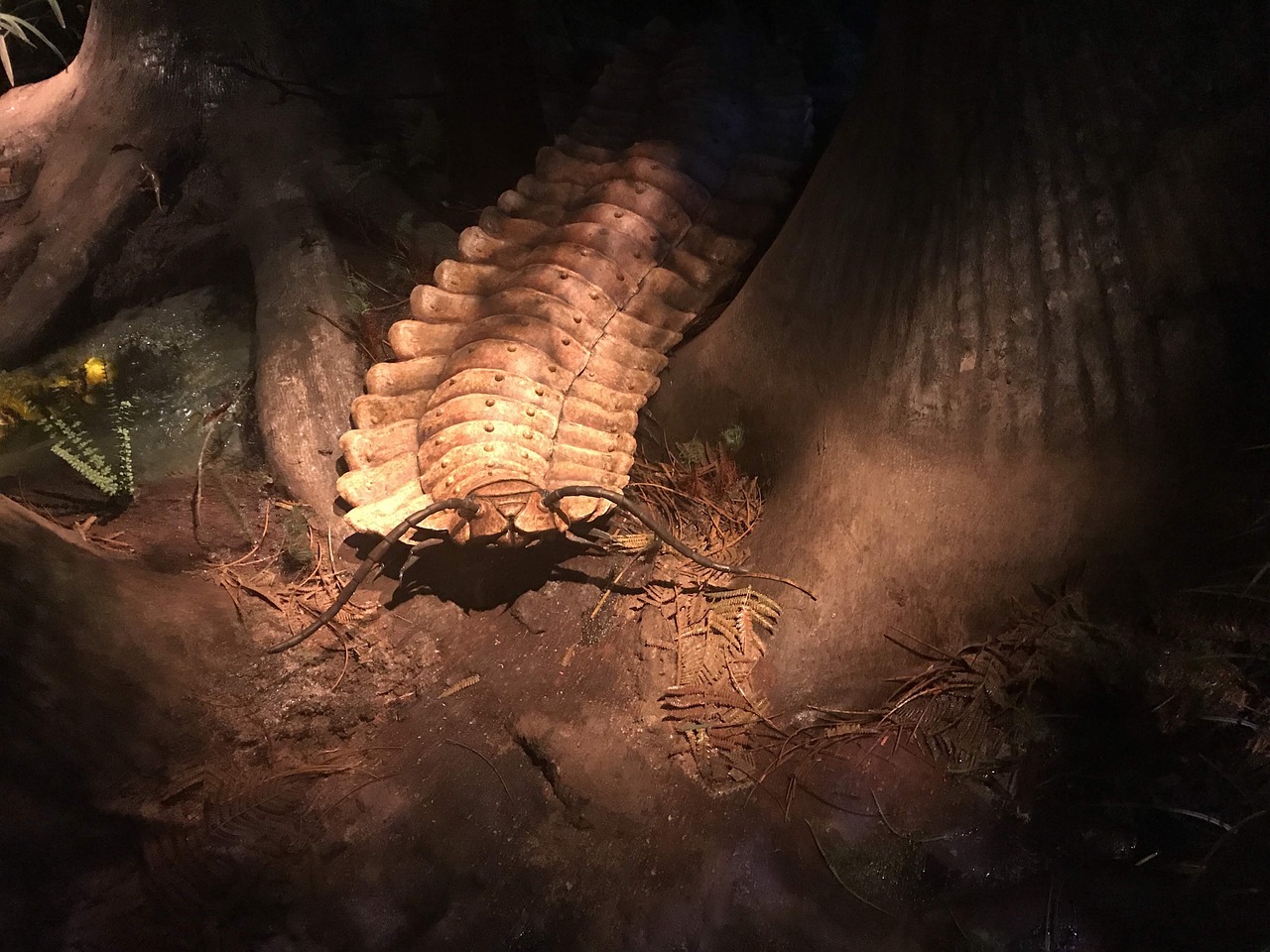
The key to understanding these giants lies in how insects breathe. Unlike mammals, insect larvae absorb oxygen directly through their skin with little control over intake, while adults can regulate oxygen through valve-like openings called spiracles. Too much oxygen can actually be toxic, causing cell damage and various health problems.
In the high-oxygen environment of the Carboniferous, growing larger was actually a survival strategy for insect larvae, as bigger bodies absorbed lower percentages of oxygen relative to their size, reducing the risk of oxygen poisoning. It’s a fascinating example of how environmental pressure can drive evolution in unexpected directions.
Modern experiments have confirmed this relationship. Researchers raising cockroaches in high-oxygen environments found they developed thinner breathing tubes, freeing up space to invest in other body systems and become more efficient competitors. The insects were literally optimizing their internal architecture for their environment.
The Rise and Fall of the Flying Monsters
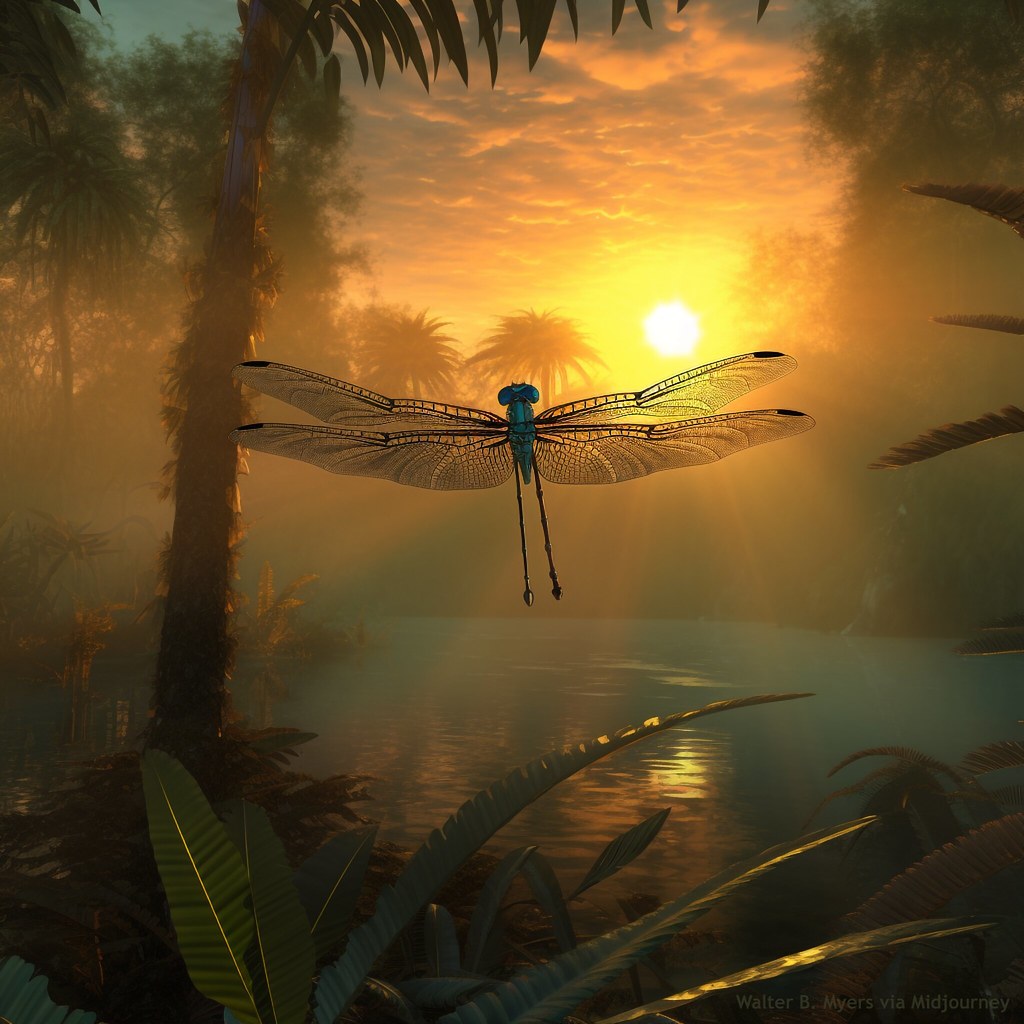
During the Carboniferous period, insects were the only animals capable of flight. Birds hadn’t evolved yet, and early reptiles were still primitive and earthbound. This gave flying insects like Meganeura and Meganeuropsis complete dominion over the skies.
The reign of giant insects began to end around 150 million years ago with the evolution of birds. Despite rising oxygen levels, insects actually started getting smaller as birds became better aerial predators. Birds proved faster and more agile than giant insects, putting evolutionary pressure on insects to prioritize maneuverability over size.
The final nail in the coffin came when fungi and bacteria evolved to digest wood around 260 million years ago. This caused the release of stored carbon back into the atmosphere, lowering oxygen levels and making it impossible for giant insects to maintain their massive sizes.
Legacy of the Ancient Giants
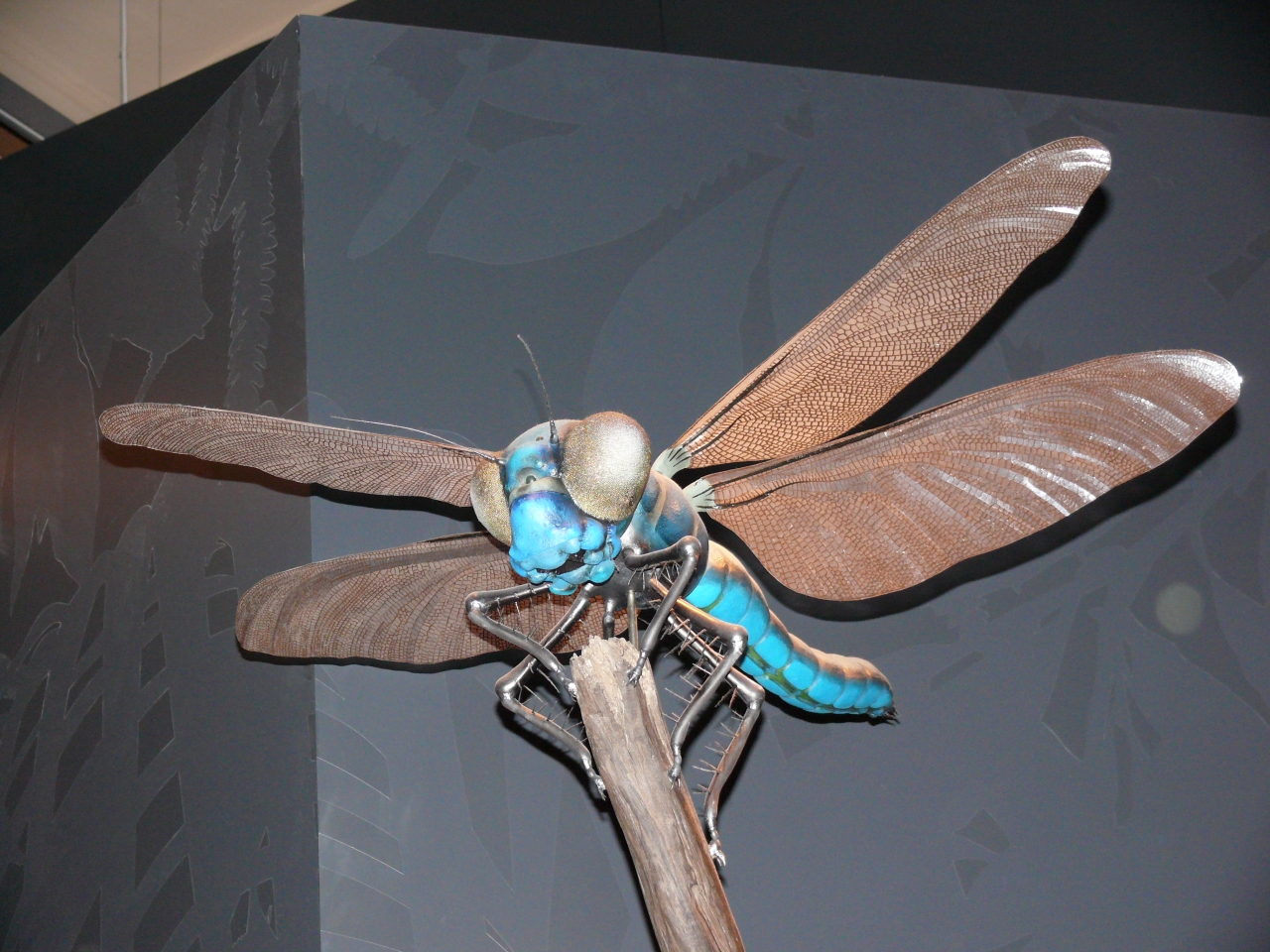
Today, the largest dragonfly wingspan belongs to Megaloprepus caerulatus at just 19 centimeters – impressive for a modern insect, but tiny compared to their prehistoric ancestors. This makes Meganeuropsis nearly four times larger in wingspan than any dragonfly alive today.
The fossilized remains of these ancient giants provide invaluable insights into prehistoric life and continue to captivate scientists and enthusiasts alike. They represent a time when the basic rules of biology operated under completely different parameters, allowing for the evolution of creatures so extraordinary they seem almost fictional.
These prehistoric monsters remind us just how dramatically life on Earth can change. The story of giant insects illustrates how creatures of immense size once thrived in a world vastly different from our own, shaped by atmospheric conditions that will likely never exist again.
The next time you see a dragonfly hovering over a pond or a millipede curled up under a log, remember their colossal ancestors who once ruled a very different Earth. In those ancient swamps and forests, insects weren’t just small creatures to be swatted away – they were the undisputed giants of their world, soaring through oxygen-rich skies on wings that would make modern birds jealous.
What do you think it would have been like to witness these incredible creatures in their prime? Would you have been brave enough to explore their prehistoric world?

